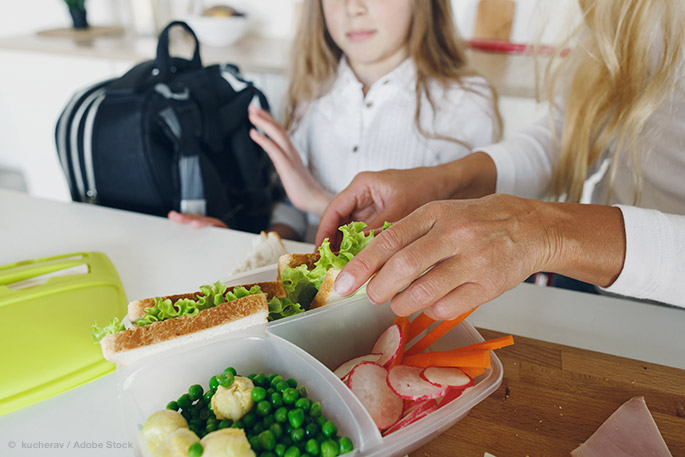 Here in the United States, each school faces its own set of issues when it comes to operating as smoothly and effectively as possible. While some problems are localized and contextual, others are universal.
Here in the United States, each school faces its own set of issues when it comes to operating as smoothly and effectively as possible. While some problems are localized and contextual, others are universal.
One problem affecting schools across the board is that of food waste.
What’s Happening
While millions of children receive school breakfasts and lunches daily, not all of the food served is eaten. National estimates based on one study are simply staggering. Less than 85% of the food served daily is actually consumed.
The costs associated with discarded foods are high; if translated nationally for school lunches, roughly $1,238,846,400 annually is wasted. (NCBI)
The food thrown away has more serious implications than just wasted financial resources, however.
Why It Matters
A closer look at the food waste in schools reveals an interesting trend: the food that’s best for the children generally has the highest discard rate, with 60 percent of fresh vegetables and 40 percent of fresh fruit are thrown away daily.
That means students are not only missing out on calories but also on vital nutrients needed to maintain health and strength. Any efforts to reduce waste, therefore, must not center merely on reducing any waste but on reducing waste where it matters the most.
How We Can Effect Change
The USDA has found several strategies to be effective in reducing food waste.
Among them are scheduling recess before lunch (since children who have just been active are more likely to feel hungry), allowing an additional ten minutes for students to finish their meals, and allowing students to “upcycle” (donate) uneaten pre-packaged foods rather than toss them in the trash.
In addition to these generalized methods, each individual school must take a hard look at their approach to meal times and assess the specific ways in which they can reduce food waste in their own contexts.
With everyone working together in seemingly small ways, major progress is possible.











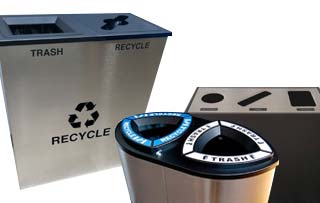









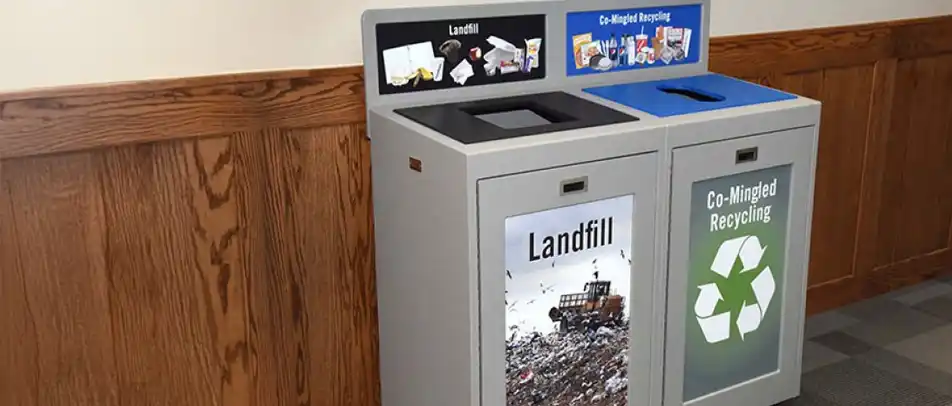










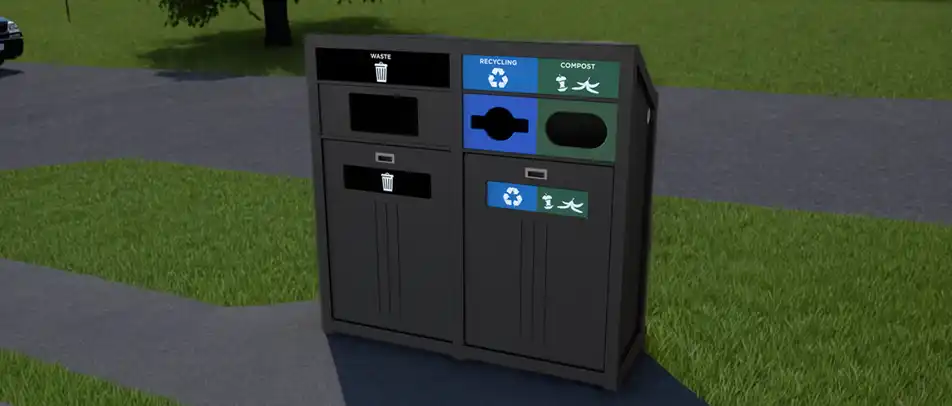












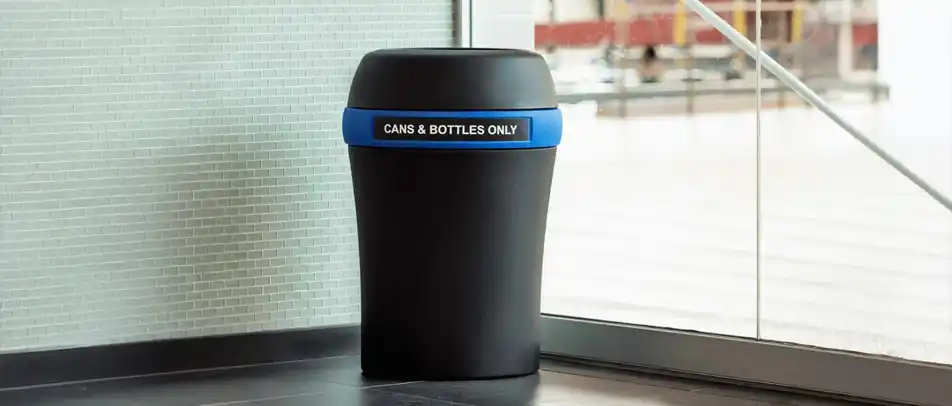









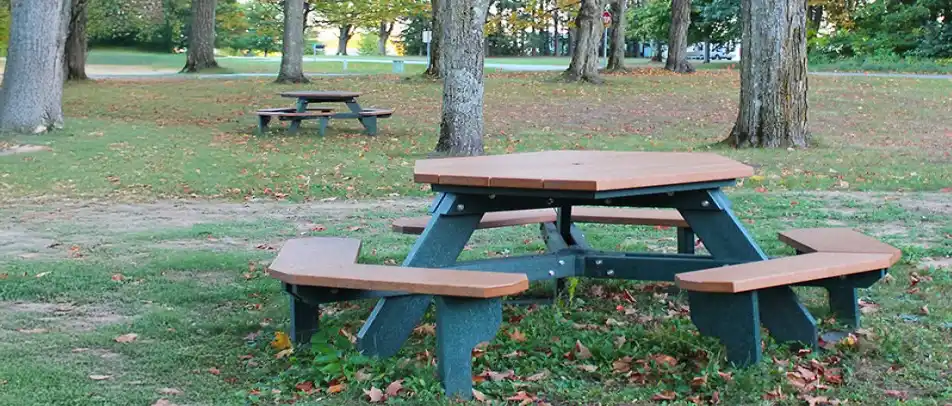
































 Three Ways to Engage Teams and Clients to Maximize Your Recycling Program Engagement
Three Ways to Engage Teams and Clients to Maximize Your Recycling Program Engagement  How to Integrate Accessibility Into Your Sustainability Planning
How to Integrate Accessibility Into Your Sustainability Planning  Why Park Benches Can Promote Workplace Well-Being
Why Park Benches Can Promote Workplace Well-Being 
